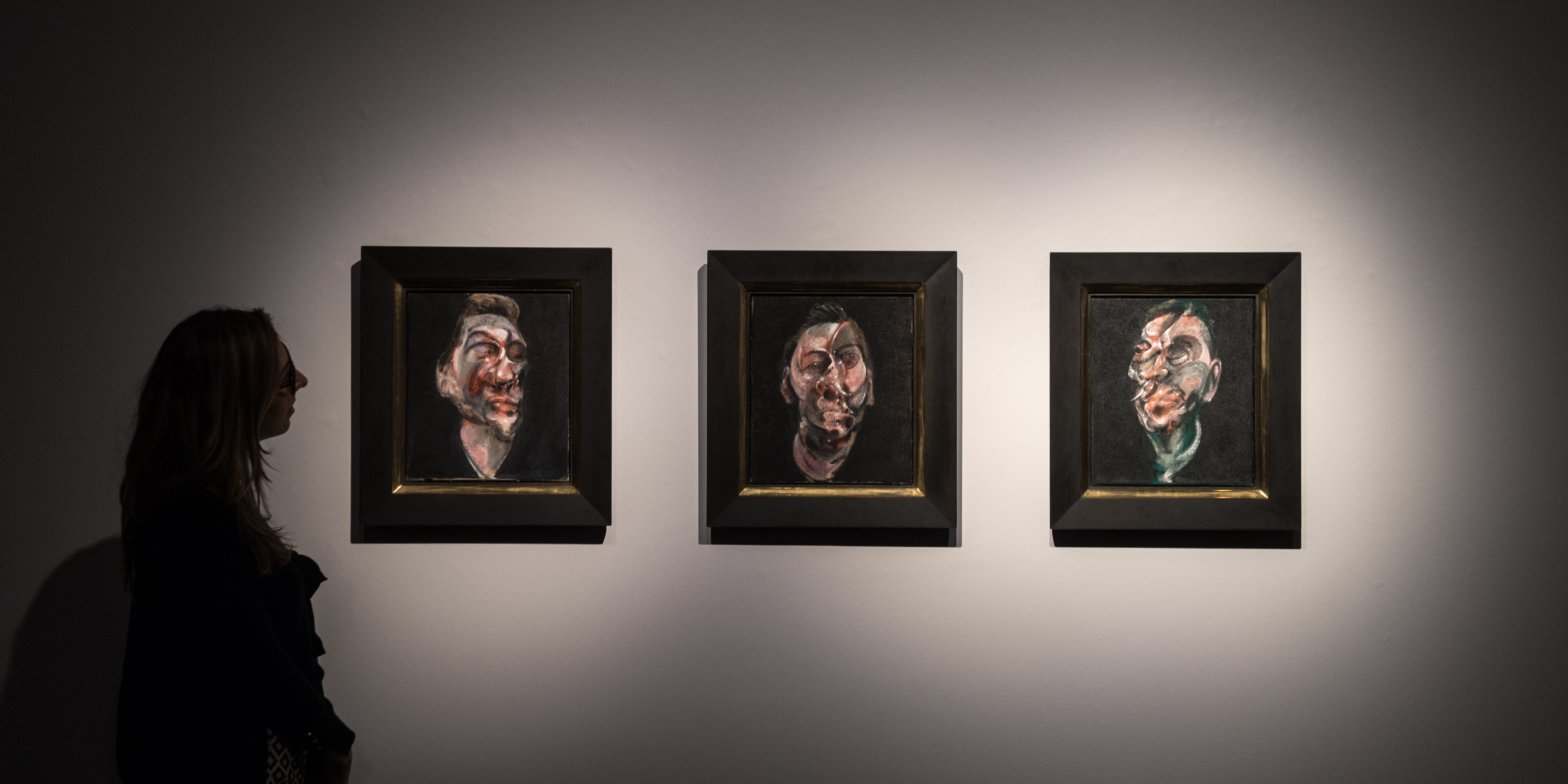Shares of a Francis Bacon painting are set to become publicly traded, The Wall Street Journal reported. It will allow retail investors to join the high-value art market, purchasing fractional ownership. The IPO is led by Artex, with shares only available on a specially made art stock exchange. Loading Something is loading.
Thanks for signing up!
Access your favorite topics in a personalized feed while you’re on the go.
An upcoming initial public offering will give retail investors the opportunity to put their money into something other than a new corporation.
According to The Wall Street Journal, shares of a portrait series by famed painter Francis Bacon are set to be publicly listed, following a $55 million IPO that will allow trading to start in July.
The artwork, known as “Three Studies for a Portrait of George Dyer,” is a 1963 piece showcasing the painter’s lover. Shares will be valued at around $100 each and will trade on a newly formed art stock exchange in Liechtenstein.
It will mark the first time regular investors will be able to buy and sell shares in a famous artwork on a stock exchange, the Journal said.
A firm named Artex is responsible for the IPO. Per the Journal, it’s part of an effort to democratize access to high-value art, often limited to wealthier collectors. By splitting a work’s cost into more-affordable shares, retail investors can join the market without having to pay millions of dollars.
While other companies have offered fractionalized ownership for artwork before, Artex is the first to take a piece public, allowing shares to be traded more easily. To ensure liquidity, Artex aims to subsidize 3% the daily market value.
A number of benefits surface from investing in high-end art, according to the Journal. For instance, these assets tend to be a reliable hedge against inflation, similar to gold.
And by buying a share in the painting, investors can also look forward to takeover bids, whether by a collector or museum. Per Artex’s rules, anyone hoping to buy the full portrait series would have to offer a 20% premium on the shares’ average closing price.
However, WSJ notes that the IPO is coming at a time when art prices may have already reached their peak, potentially limiting shareholder gains. This follows as central banks have turned hawkish on monetary policy, ending an art boom that benefited from the ultra-low interest rate era.
Still, Artex is has plans to follow up on the upcoming IPO and will offer investors $1 billion worth of other artwork in the next couple months.
